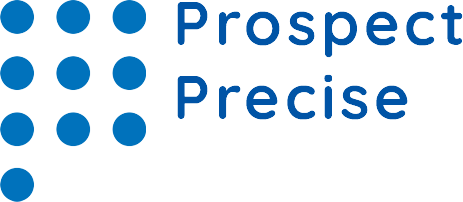Every salesperson is aware that Time = Money. Utilizing time wisely and making sure that resources are only allocated to leads with the highest likelihood of converting is the best method to increase revenues.
The sales and marketing teams’ classification of a lead as “qualified” or “unqualified” provides information about its likelihood to convert. You should be familiar with MQLs and SQLs in order to understand these classifications more clearly.
MQL stands for Marketing Qualified Lead, and SQL stands for a Sales Qualified Lead.
A lead is a potential customer who has shown interest in your goods or services. In an effort to further categorize leads so that sales teams may focus their efforts in the right areas, each lead is classified as either an MQL or SQL.
The marketing-qualified lead comes before the sales-qualified lead in an MQL SQL funnel. They have been qualified by your marketing team since they have shown interest in your product or service, but they haven’t offered any detailed information or disclosed their problems.
These leads must be viewed as possible clients if they are properly developed. On the other side, they haven’t gotten far enough down your funnel for your sales team to provide them individual attention.
The following stage of your sales funnel is what SQL means in marketing. When a lead is labelled as a SQL, it signifies that your sales team has already determined that it merits immediate follow-up.
One-on-one consultations can frequently convert leads into opportunities once they go to the SQL sales stage of your funnel. This implies that SQLs should always take precedence when comparing your client lifecycle in a MQL vs. SQL context.
When done properly, converting someone into a SQL provides your sales team with more qualified leads. In actuality, this will boost their conversion rates and their chances of engaging in fruitful consultations with leads.
It can be, but given that the objectives of the two teams are different and that they have different standards for one another, it is essential that marketing and sales work together to achieve the same revenue-generating objectives and hold one another accountable.
The aspect of tracking your leads is another factor. Keeping comprehensive records of your MQLs and SQLs enables your sales and marketing teams to identify what is and isn’t working. Additionally, it enables managers to evaluate the effectiveness of their sales teams as well as specific sellers.
To convert a lead into a customer is the ultimate objective of marketing and sales. You run the risk of losing out on prospective sales without a lead qualification or prioritizing mechanism. Even the most passionate leads will leave if your sales crew is preoccupied with other prospects.
Any successful business uses a variety of marketing techniques. Most likely, a small number of sources—like email or paid marketing—provide the majority of your leads.
You’ll be able to identify which channels are most effective at converting leads into paying clients over time. Your leads can be categorized using this data.
Aligning marketing and sales is the best way to boost your company’s performance. Marketing ROI, sales productivity and growth, all significantly rise when marketing and sales teams collaborate around a single revenue cycle. Sounds simple enough, no?




